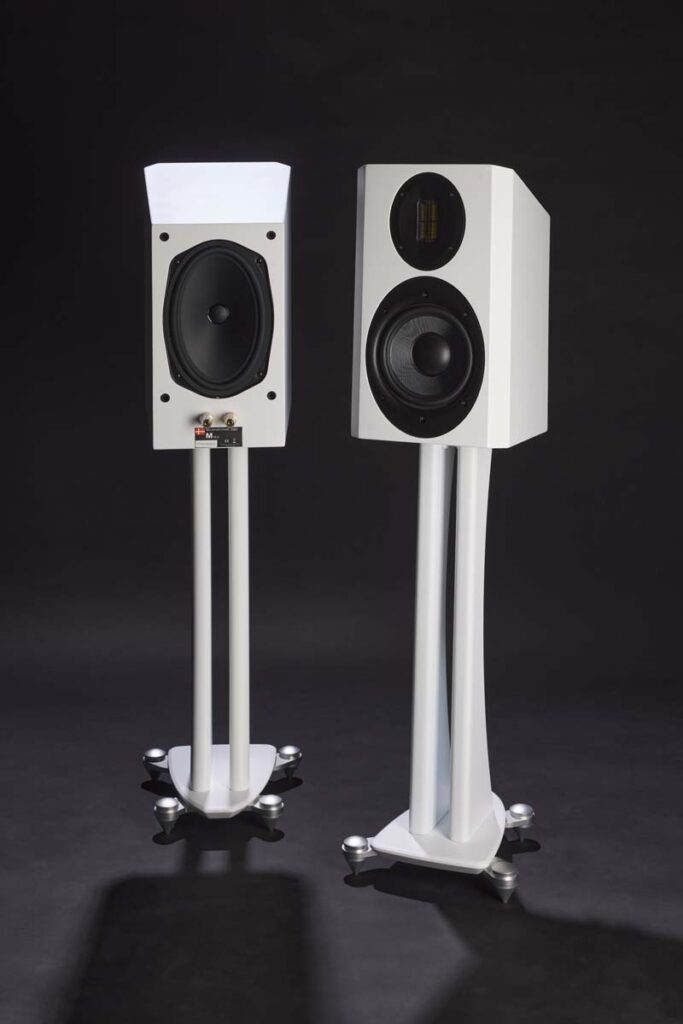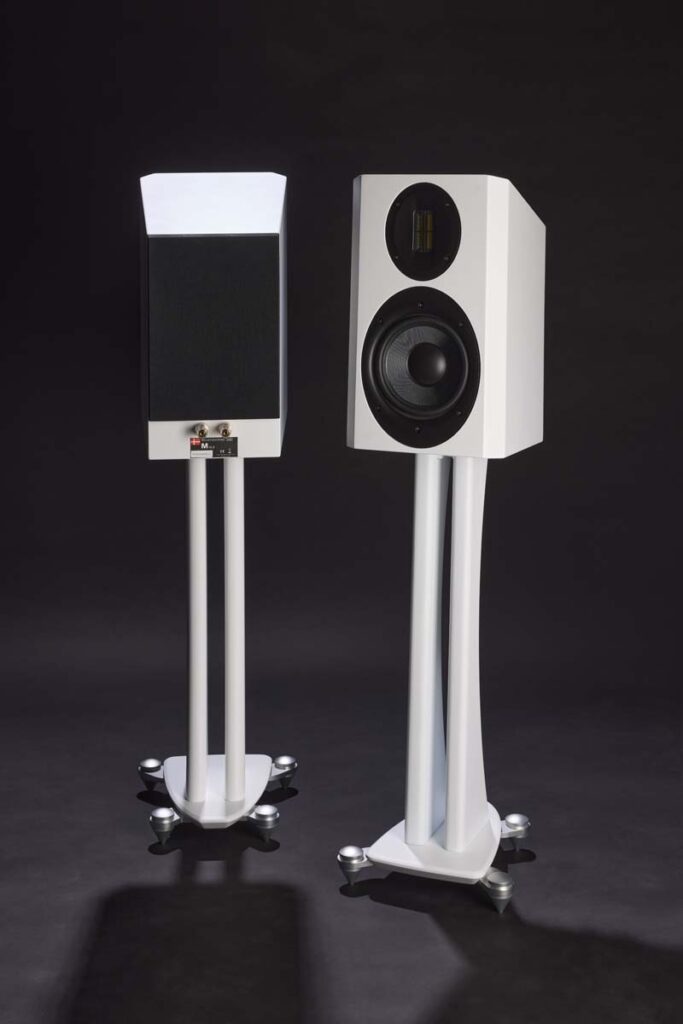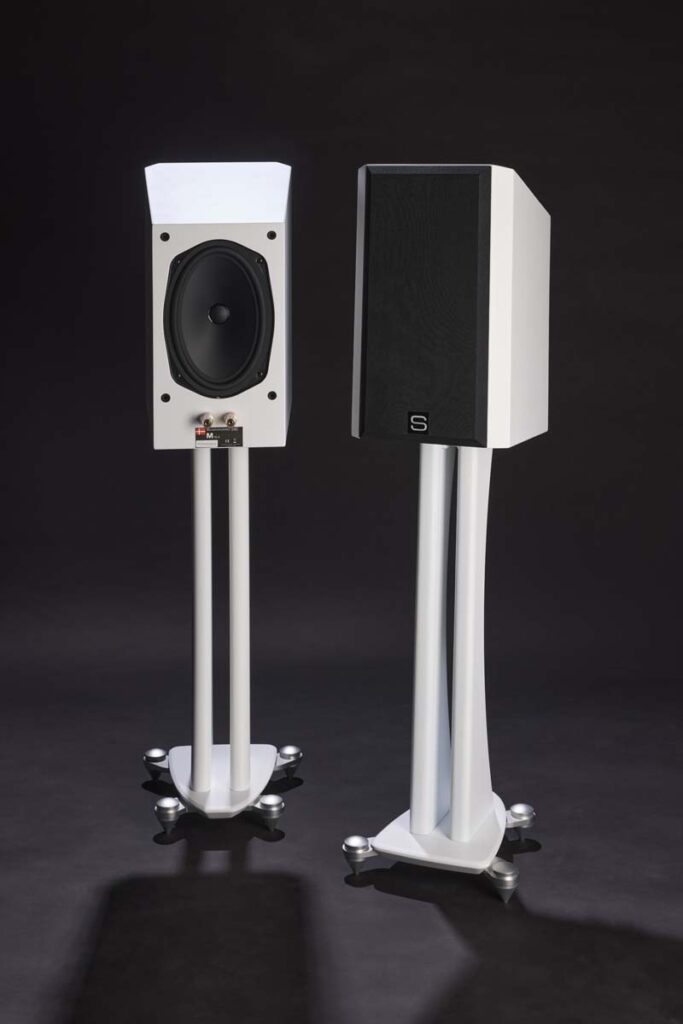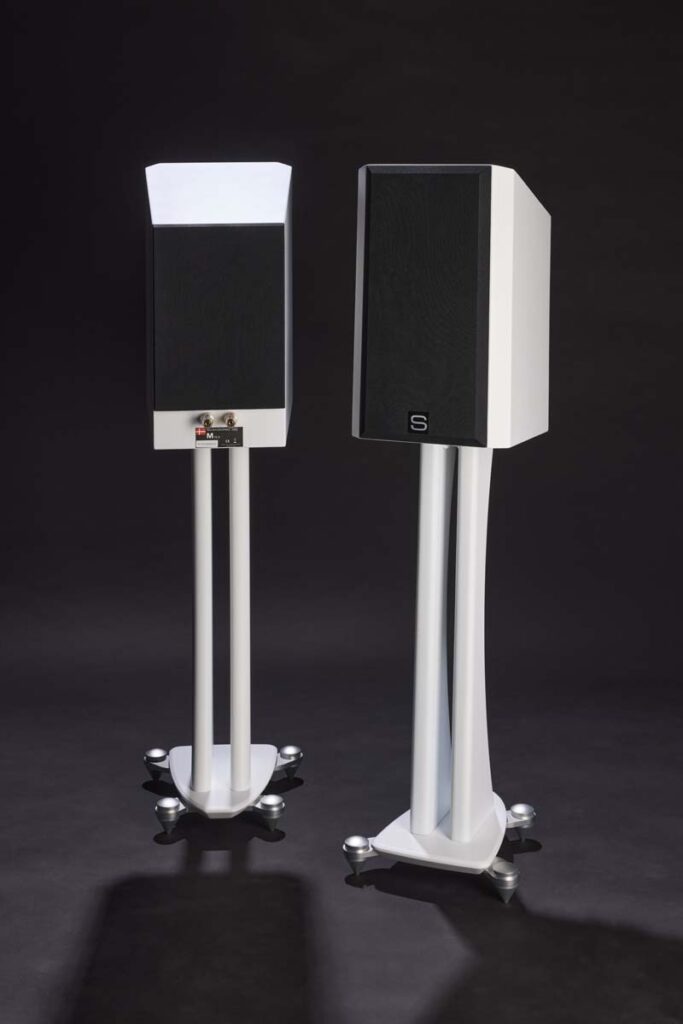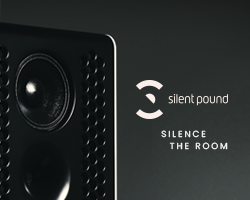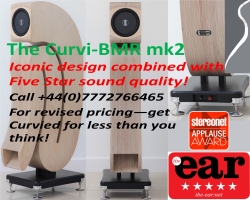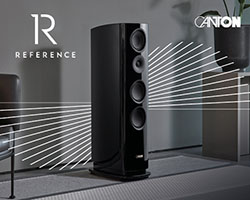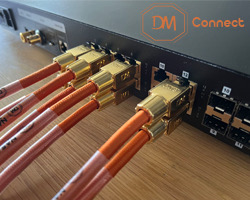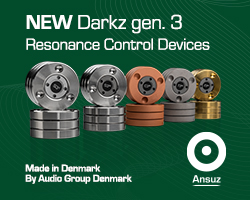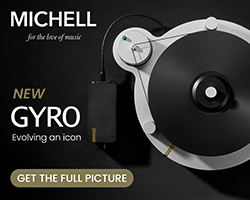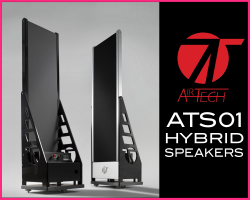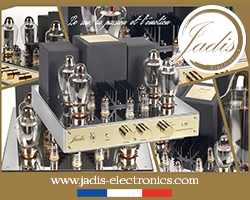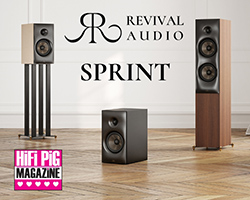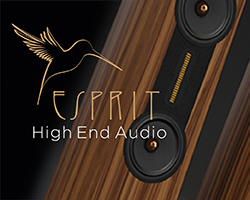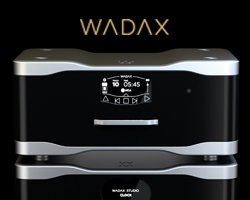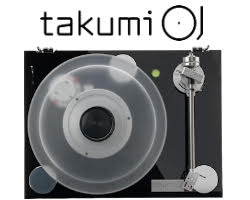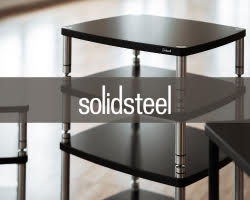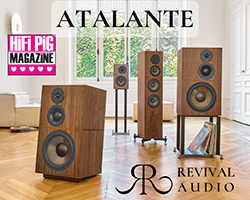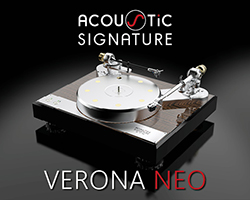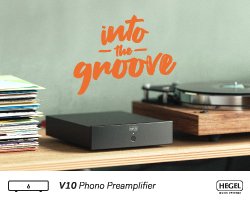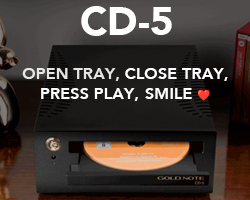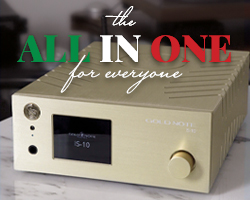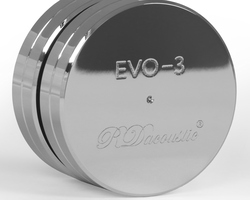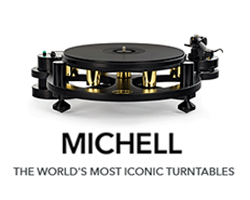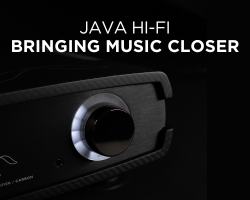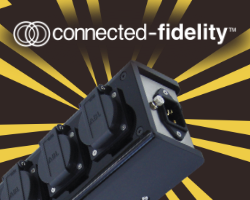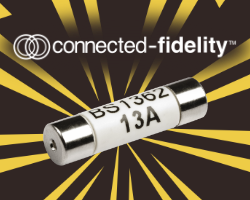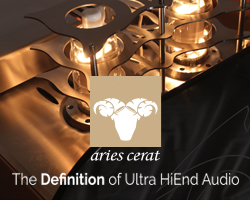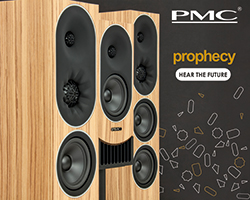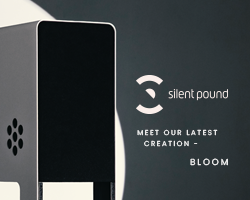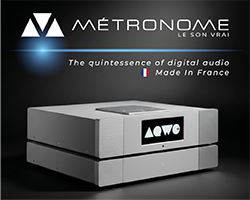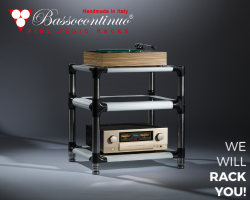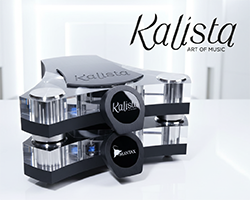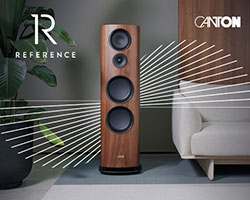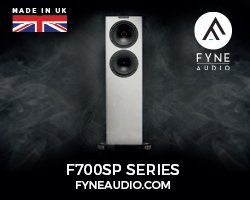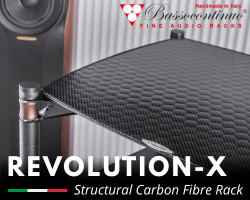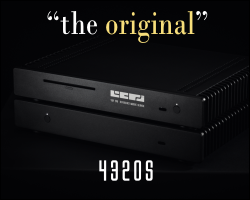SCANSONIC M15.2 STANDMOUNT SPEAKERS REVIEW
Scansonic M15.2 standmount speakers are relatively compact two-way loudspeaker with an interesting shape and an equally interesting driver layout. In this latter respect, instead of using a sealed box or bass-ported design, the Danish brand has gone for a 6×9 inch bass radiator. The M15.2 speakers cost around 1500 Euros.
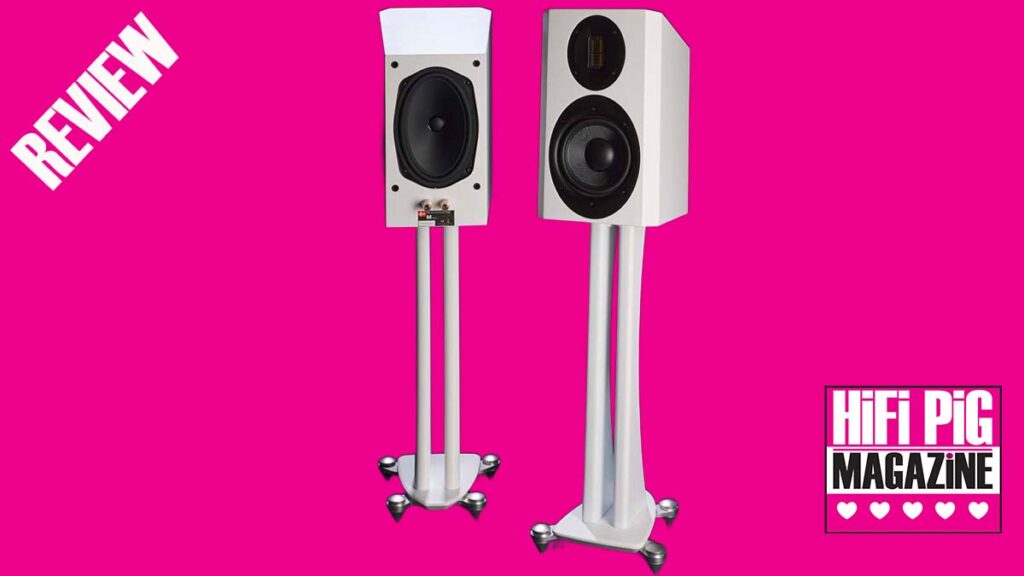
Before getting into the loudspeakers themselves, it’s worth noting a bit about the brand behind them. Scansonic is a Danish company that, whilst perhaps not as immediately well-known as some of its Scandinavian stablemates, has quietly built a reputation for producing well-engineered loudspeakers with trickle-down technology from its higher-end sibling brand, Raidho. While Raidho speakers live firmly at the high-end, Scansonic aims to bring elements of that performance and design philosophy to a more attainable price point — and the M-series is a perfect example of that mission.
DESIGN AND FEATURES OF THE SCANSONIC M15.2
The Scansonic M15.2 is a compact standmount loudspeaker. It’s a two design with a 6.5” honeycomb cone driver handling mid and mid-bass duties matched to a ribbon tweeter. The mid-bass driver is called a “honeycomb” design, but uses a specially designed four-material sandwich membrane. This construction is said to balance strength and flexibility, preventing unwanted resonances and delivering a more natural midrange and bass response. That ribbon is a familiar design element across Scansonic’s ranges and a nod to their Raidho DNA — it’s an ultra-lightweight neodymium tweeter that promises speed and clarity, and is one of the standout features at this price point. The tweeter is housed in a kind of small horn or waveguide. I do like a well-implemented ribbon or AMT as I feel they add a little more “air” to the top-end performance of a speaker.
The cabinet itself is 40cm tall with an interesting cutaway to the sloping side panels, giving them a slightly softened, contemporary look that helps it blend into domestic settings without looking overly boxy or clinical. The top panel also slopes significantly towards the back panel which, when combined with the sloped side panels, gives a kind of trapezoid (ish) shape to the speakers. They’re available in white silk and black, both of which are understated rather than showy. Despite its relatively compact footprint, the M15 has a reassuring physical presence, and the cabinet shape is more than just aesthetic — it helps with internal standing wave control and cabinet rigidity. It also looks pretty cool.
Internally, the cabinet is braced, with the passive 6×9 bass radiator firing to the rear. This means placement will need a little care to avoid boundary reinforcement muddling the low end, but also allows for a cleaner front baffle design, free of ports or visual clutter. The midrange driver is housed in its own chamber to reduce interference from bass energy. I like this idea of a passive bass radiator rather than a ported design as it does away with port “noise”. Bass output is said to go down to 50Hz which is realistic, I believe.
Scansonic has opted for a relatively simple crossover network, but claims careful component selection and hand-tuning to ensure coherence across the frequency range. Sensitivity is rated at 87dB with a nominal 8-ohm impedance, suggesting they’re not the hardest load in the world, but will benefit from a well-matched amplifier with decent current delivery rather than something overly lightweight. I’ll be using a pair of Electrocompaniet AW800 M amps, which are somewhat overkill, but should work very nicely with these speakers.
Around the back, as well as that passive bass radiator, the single pair of binding posts is neatly integrated into a terminal plate — again, keeping things clean and unfussy. These aren’t designed for bi-wiring or bi-amping, but most users at this level won’t miss the option.
All in all, the M15.2 looks to offer a well-balanced blend of modern Scandinavian styling, practical room friendliness, and a few high-end flourishes — particularly that ribbon tweeter — which help it stand out in a crowded segment of the market. I also like the inclusion of the bass radiator on the back.
Fit and finish are what you would expect, and I struggle to find fault with the speakers’ build quality. The look is interesting and will be a bit of a talking point, particularly that slope on the top of the speakers.
I didn’t get any stands with the sample pair, but they are available as an add-on. For the duration of this review, I used a pair of Solid Steel stands.
You do get removable covers for the front of the speakers, but the cover on the back for the bass radiator is not removable.
The M range consists of the M15.2 standmount, the M20.2 floorstander, and the flagship M30.2 floorstander.
SOUND QUALITY
I’m expecting these speakers to be airy in the tops and with a decent amount of tight bass output for their size.
The first thing that came to mind when I plumbed these speakers in for running-in was that they were a speaker that sounded bigger than their relatively modest dimensions would suggest. They also sounded punchy and speedy, though let’s give them a bit of time to run in.
After a suitable running-in period and having not really listened to them other than for background music, other than the brief comments above, it was time to sit down in front of the Scansonic M15.2s and give them a serious listen.
First up, I played Spiritualized’s I Think I’m In Love (Chemical Brothers vocal remix) taken from the Yoshiesque Vol 2 album. The song is a love letter to heroin, but don’t let that put you off as it is a belter of a track full of whooshes, sweeps, deep bass, and pounding beats that do give speakers a bit of a workout. This mix is a lot “deeper” than just drum, bass and a few synth noises, and I reckon it makes a great test track. The M15.2s do a sterling job, with the top-end noises in the track filling the room in a soundstage that is very well extended for a speaker of this size. I ended up listening to the rest of this excellent mix album and found the speakers’ bass to be fast and tight. What also caught my attention was some tiny (click) details in the second track (right channel) that I’d not taken much note of before. This latter detail suggests to me that the speakers are going to be very detailed and revealing in the tops. However, it’s the bass that grabbed my attention throughout this album, with it laying a really solid foundation on which to build the rest of the mix.
DJ Sneak’s Dirty Jazz is a track I have played a hell of a lot in the last few weeks, and I note a similar small detail in the top end that I heard on the Spiritualized track – a tiny detail in the hi-hat (I think) track that seems like a flanger effect. Whatever, it draws me into the track as this kind of sound is intended to. This is a track that builds and builds layer and layers of samples, and it can begin to sound quite messy if the speakers aren’t right. The M15.2s do a very good job of layering this track into its component pieces, but without making the image and sound clinical, other than that one high-frequency sound that really does become isolated from the rest of the track. I listen out for this on other tracks, and it’s definitely there with the speakers highlighting spatial effects far back in the mix very well – on a Danny Kravit mix, I was aware of a phased reverb kind of effect on the track. There are a couple of ways to look at this; first of all, the speakers may be highlighting a specific small frequency band at the top end of things, on the other hand, it may be just that the ribbon tweeter is highly revealing and doing what it’s supposed to do. I end up putting on Hilit Kolet’s Snap Talk single on the Rekids label and found it to be suitably punchy and detailed throughout, with the hats track being particularly snappy ( I guess the clue is in the title) and engaging.
OK, these speakers can do house and techno with their speedy bass and top-end detail. I’d certainly be happy to mix with them. But believe it or not, I do play stuff other than house and techno, and I know that HiFi PiG readers have a more varied musical diet.
Winter in America was my next port of call. It’s by Gil Scott-Heron and Brian Jackson, and I dug this album out because it’s got a lot of spatiality to the recording, and I wanted to hear if those came through when listening on the Scansonics. Peace Go With You, Brother has electric pianos, bass and vocals. It’s a track where the vocals can sound a bit much on speakers where the top end is overdone. I’m pleasantly surprised that this track sounds as it should. Yes, there is loads and loads of detail in that top-end with little flourishes on the pianos being easy to pull out, as is the distinctive reverb sound of the piano. The other thing that I got from these speakers when listening to this album was something I also noted right at the start – they sound a lot bigger than they really ought to. There’s an effortlessness to them at reasonable volumes that belies their dimensions. The soundstage is also wider and deeper than it has any right to be. I do end up listening to this whole record, and I guess that has to be a good sign.
The more I listen to these speakers, the more I am really warming to them, with me at times forgetting that I’m not listening to a much bigger set of floorstanders.
When listening to Cream’s Sweet Wine it’s pretty obvious how this track has been mixed and what has been panned where in the mix. This leads to a huge sound, but with the opening vocals sounding smooth and unforced. Distortion on some of the guitar tracks is also easy to pick out of the mix and my thoughts are that these are a speaker that will appeal to those that want to look into a track and how it has been put together – kind of monitor-like. They do the dynamic changes in the track really well and react with speed and agility.
Lard’s Time To Melt (do check it out if you don’t know it – I know Matt, the Rock Doc is a fan) gets put on next. This is a 32-minute track that is properly hectic and properly full on, but it’s also very deftly done. These speakers cope very well with it all. The bass kick rattle comes through very well, and again I’m left thinking these are a very good monitor-like speaker. This doom-laden track can get to sound very messy, but again I’m drawn to the way that the speakers bring out the spatial effects, particularly on the drums – the reverbs sound huge! My only complaint here is that the track sounds a little closed in, and I’m not experiencing the same kind of big soundstage I did with some of the other tracks I listened to – perhaps it’s the mix and that’s intentional.
Because it’s the law and I don’t want the audio reviewers’ police beating my door down at milkman o’clock, I thought I ought to play some jazz and reach for Miles Davis’ ‘Round About Midnight. These speakers work tremendously well with the opening track, with the horn cutting through the recording like a knife cutting through butter. It can sound harsh and a bit much, but these speakers allow the smooth feel to come across, but without it ever sounding dull or flat – a good balancing act! There’s the rasp to the horn that is clearly audible when it happens, and everything else in the tune is there but with nothing coming to the fore too much – again, I’m reaching for the word “balanced”. There’s speed and clarity throughout that allows you to get into the groove of a track, and on more than one occasion, I found myself forgetting the whole idea of reviewing and just got into the tunes with my feet tapping along quite merrily – a good sign, I think.
QUIBBLES
I like the look, but some may find it challenging.
The top-end detail does take a little while for you to become accustomed to, but once you do it kind of clicks into place.
Sounded a bit closed in on some tracks, but then on others they were wide open – go figure.
Need a bit of space behind them.
Soundstaging is precise with regards to the placement of instruments, but they are not the most expansive speaker I’ve heard.
CONCLUSION
At 1500 Euros, I reckon these speakers represent very good value for money, though it is a crowded marketplace and I’d suggest you audition them against other speakers to see if their presentation suits your personal preferences. If you are a nut for detail, then they will be right up your street. If you are looking for a more laid-back and “forgiving” presentation,n then you might want to look elsewhere.
For my preferences, I thought the M15.2s were solid performers across the board. Yes, that tweeter does take a little getting used to, but once you become accustomed to it, it makes sense.
Bass presentation is excellent for such a small speaker, and I do like how the bass radiator has been implemented, though you will need to have a bit of space behind the speakers – I had about a metre, perhaps a little less.) And that was plenty. Bass is very tight, and whilst it doesn’t go hugely low, I certainly didn’t find myself missing it, and I do play a lot of music that is bass-heavy.
I’m awarding these speakers 5 Hearts given that they perform exceptionally well for a speaker at this price. They do lose points in that the ribbon may not be to everyone’s taste, but once I’d sat in front of them for a while, I got it and came to love how it sounded.
AT A GLANCE
Build and Features:
Very well put together with an interesting shape and style
The oval things around the front drivers look a bit different to the norm, but you can put the covers on should you wish – I didn’t
Sound Quality:
That tweeter is very detailed, and it does take a while for it to click into place from a psychoacoustic perspective
Bass is tight and detailed, though limited in depth – it’s a small speaker, after all, but the bass radiator does a very good job, and there is no port chuff to worry about
Excellent mid presentation that continues the “clean” and relatively uncoloured theme
Value For Money:
They’re 1500 Euros, and I reckon that’s a fair price for their performance
We Loved:
The detail in the upper mids and tops does draw you in, and it does become addictive
Interesting design is a talking point
Punchy and impactful bass
Relaxed and unforced with tunes that demand this
We Didn’t Love So Much:
Not so keen on the oval surrounds to the drivers
Need fairly high stands to get the tweeter to the right height – buy the matching stands would be my advice
Price: $1999, 1500 Euros.
Elevator Pitch Review: The Scansonic M15.2 is a 1500 Euro bookshelf (standmount) speaker that has a 6.5inch mid woofer and a ribbon tweeter. Bass is aided not by a port but by a passive bass radiator mounted on the back. Their unusual shape is a case of form following function, and it will be a talking point. Sonically, these are a detailed and thoroughly enjoyable speaker to listen to, though some may find the ribbon tweeter a little too revealing if they are coming from more traditional dome tweeters. Overall, their presentation is akin to a good near to mid-field monitor. If you are in the market for a speaker in this price range, then you should audition over as long a period as you can.

Stuart Smith
SUPPLIED SPECIFICATIONS
Size, mm. (BxHxD): 240 x 390 x 340
Weight, kg.: 8,3 kg / Pcs
Freq. response: 50 Hz – 20 KHz
Impedance: 8 ohm (min.4 ohm)
Crossover: 3.2 KHz 2. Order
Principle: 2-Way Passive radiator bass
Sensitivity: 87 db
Drive units: 1 neodymium ribbon tweeter kapton 71.5×44.5, 1 woofer 6.5” Honeycomb cone, 1 Passive bass drivers 6″x9″ paper cone.
Finish: Silk White or Silk Black Painting
Amplification: We recommend high quality 50 – 150 W amplifiers
























































